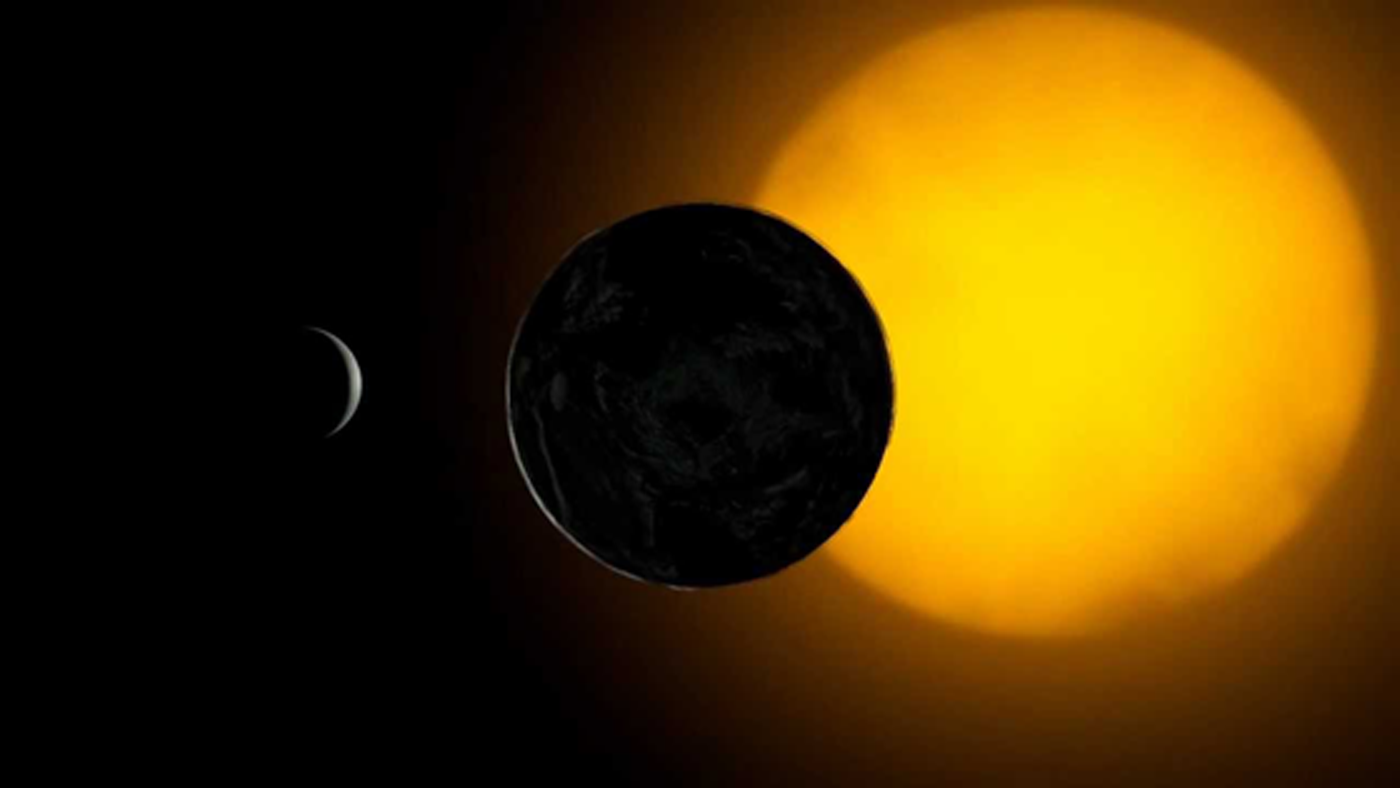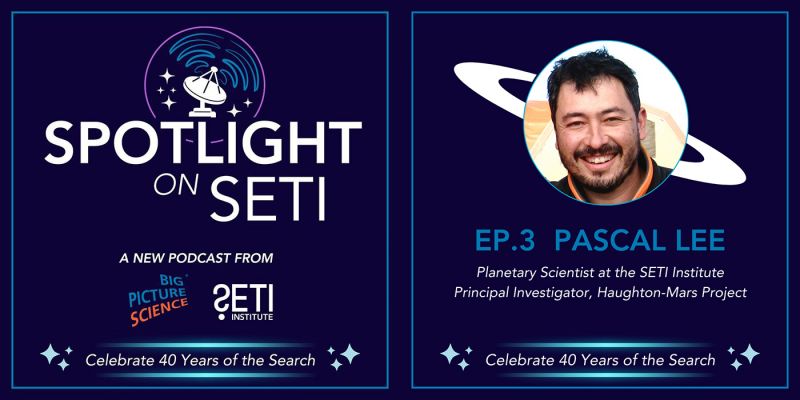Resources for viewing the Great American Eclipse.

It’s hard to believe, but the “Great American Eclipse” is now just a few days away. I thought you might like to know about the following eclipse-related resources:
- I helped to write an 8-page booklet about eclipses and the 2017 eclipse, in everyday language, free to download or distribute to friends, relatives, colleagues etc. It has charts of when and how the eclipse is visible in major cities. You can access the booklet from the page: http://www.nsta.org/solarscience
- The American Astronomical Society has an excellent page of sources (such as chain stores) where eclipse glasses are still available at: https://eclipse.aas.org/resources/solar-filters (Amazon scared a lot of their customers who bought eclipse glasses on line by hinting that any glasses bought through them may be suspect; this website has better information.)
- I’m part of a project where 2.1 million safe eclipse-viewing glasses are being made available free of charge through public libraries nationwide, thanks to the support of the Gordon and Betty Moore Foundation and Google. A map of the 7,000 libraries that have glasses available is at:http://spacescience.org/software/libraries/map.php So you might suggest that people who need glasses first call their local public library.
- An evaluation and listing of the phone and tablet apps about the eclipse, by astronomer Rick Fienberg, is available at: http://www.skyandtelescope.com/2017-total-solar-eclipse/solar-eclipse-apps/ Any of these can tell you just what the eclipse will look like in your location. Many are free.
- The children’s book I am co-author on, When the Sun Goes Dark, published by the nonprofit NSTA Press, is hard to get in print format (they are rushing out a fourth printing). But it can be downloaded in e-book format to any device and you can share the story of all kinds of eclipses, how to understand them, and how to view them safely, with your kids or grandkids instantly. Go to: http://www.nsta.org/eclipse (Please excuse this shameless plug for something that costs a bit of money. Did I mention it was a non-profit publisher?)
- The U.S. Weather Service has a special eclipse section now for weather in the path of totality:https://www.weather.gov/source/crh/eclipse.html
- A podcast of a discussion I had about the upcoming eclipse with veteran newscaster Gil Gross is available free at: http://fraknoisuniverse.libsyn.com/website/the-all-american-solar-eclipse We hope this will be the first of a series of astronomy podcasts. Feel free to share the link.
Remember that on August 21, you need clear skies to see the eclipse, so make plans to go where there is no fog. In the Bay Area the eclipse is partial, starting at 9:01 am, becoming maximum (with 76% of the Sun’s area covered) at 10:15 am, and finished at 11:37 am.
Andrew Fraknoi serves on the SETI Institute’s Board of Trustees.





